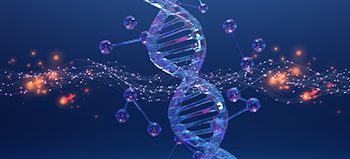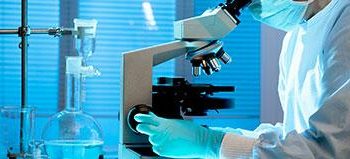The global analytical standards market is projected to reach USD 1.73 billion by 2022 from 1.27 billion in 2017, at a CAGR of 6.3%. The growth of the analytical standards market is mainly attributed to factors such as stringent regulations on effective pollution monitoring, expansion of pharmaceutical and biotechnology industries across the globe, and increasing adoption of analytical techniques in pesticide monitoring.
Download PDF Brochure : http://www.marketsandmarkets.com/pdfdownload.asp?id=8484789
In this report, the market is segmented by category, technique, application, and region.
Based on category, the market is segmented into organic and inorganic standards. Organic analytical standards segment is poised to be the fastest growing during the forecast period, owing to factors such as increasing drug development & clinical trials, and strong regulatory emphasis on effective pollution monitoring & control.
On the basis of technique, the market is segmented into chromatography, spectroscopy, titrimetry, and physical properties testing. The chromatography segment is expected to grow at the fastest rate during the forecast period, due to growing food safety concerns and the stringent regulatory environment for pharmaceutical companies.
Based on application, the market is segmented into food & beverages, environmental, pharmaceutical & life sciences, forensic, veterinary, and petrochemistry. The pharmaceutical and life sciences segment is poised to be the fastest growing segment during the forecast period, due to the stringent regulatory guidelines for the pharmaceutical industry, rising popularity of traditional medicine, and increased pharmaceutical and life sciences R&D spending by major players. The development of pharmaceutical & life sciences analytical standards by the players in the analytical standards market will strengthen their position during the forecast period.
In 2016, the Asia-Pacific region is expected to emerge as the new revenue-generating segment for prominent market players during 2017-2022. The growth of this Asia-Pacific market is attributed to factors such as increasing life science research funding, expansion of the analytical instrument market and development of bioclusters in APAC countries. During 2014-2017, several market players expanded their market presence to Asia-Pacific countries. For instance, in 2016, Merck KGaA (Germany) established its Nantong pharmaceutical plant in China and 2014; the company expanded its Biomanufacturing Sciences and Training Center in Japan.
In addition, emerging markets such as China, India, Brazil, and Mexico are expected to offer significant growth opportunities for market players owing to the growing pharmaceutical & biotechnology industry, increasing focus on soil testing and growing food security concerns. For instance, in 2015, Agilent Technologies (U.S.) established its training facility – Agilent University (Singapore) and offers over 200 technology courses. In 2015, Waters Corporation (U.S.) established its new office in Kuala Lumpur (Malaysia) to supply its products and services in Malaysia.


